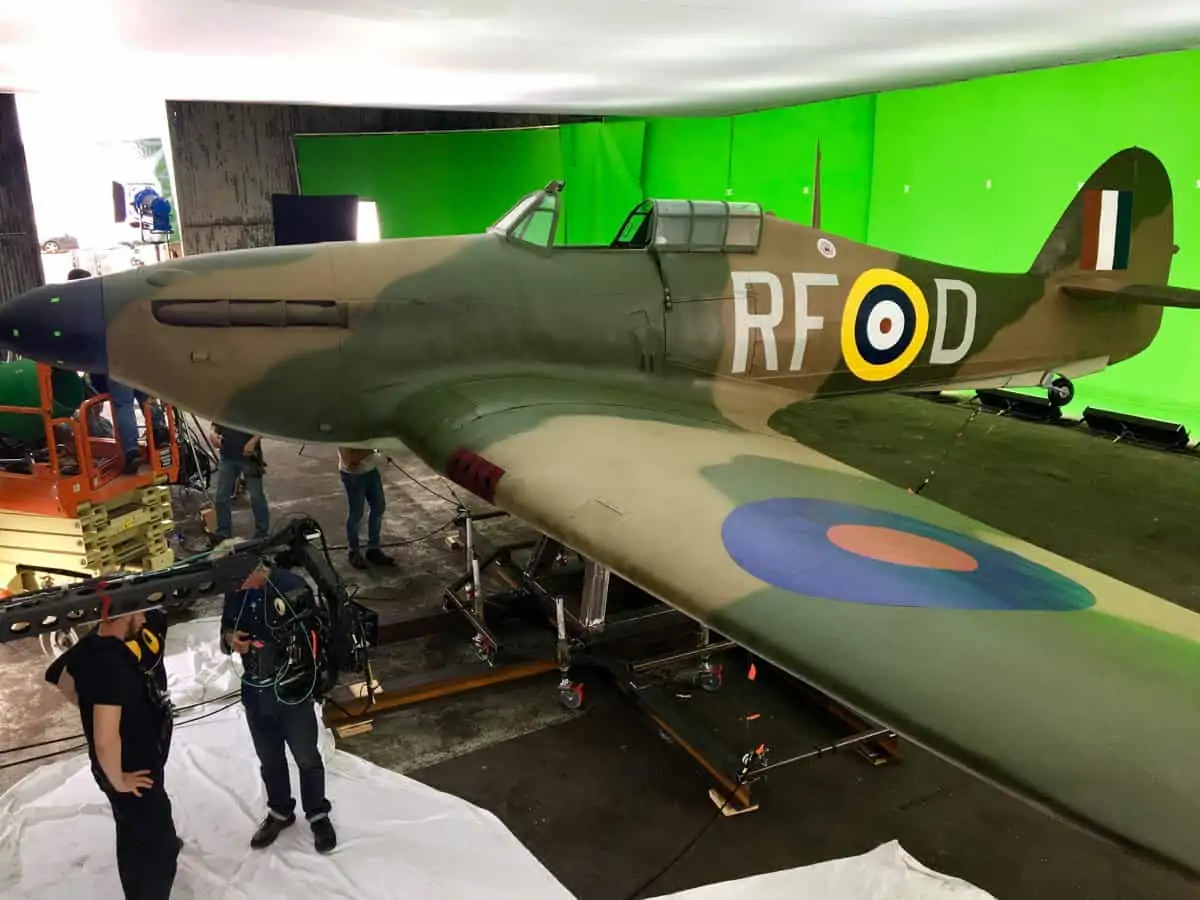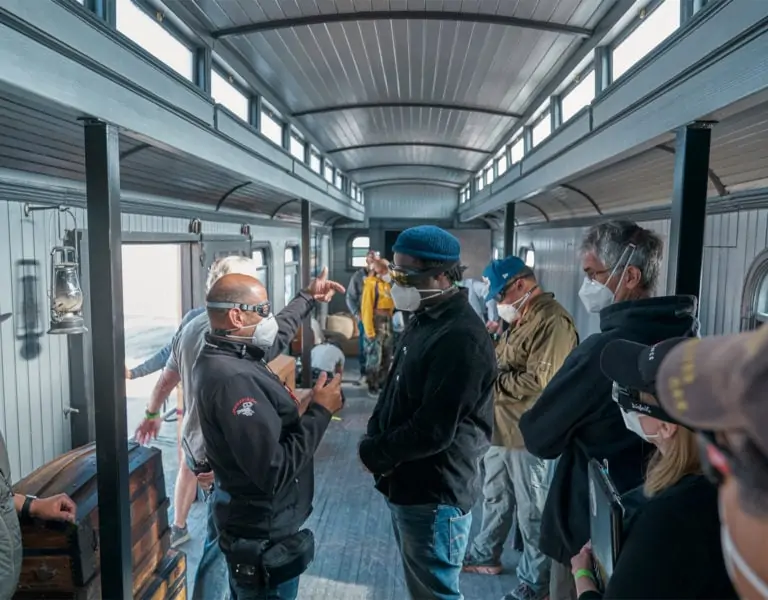Colours Of Faith
Piotr Sobociński Jr PSC / Corpus Christi
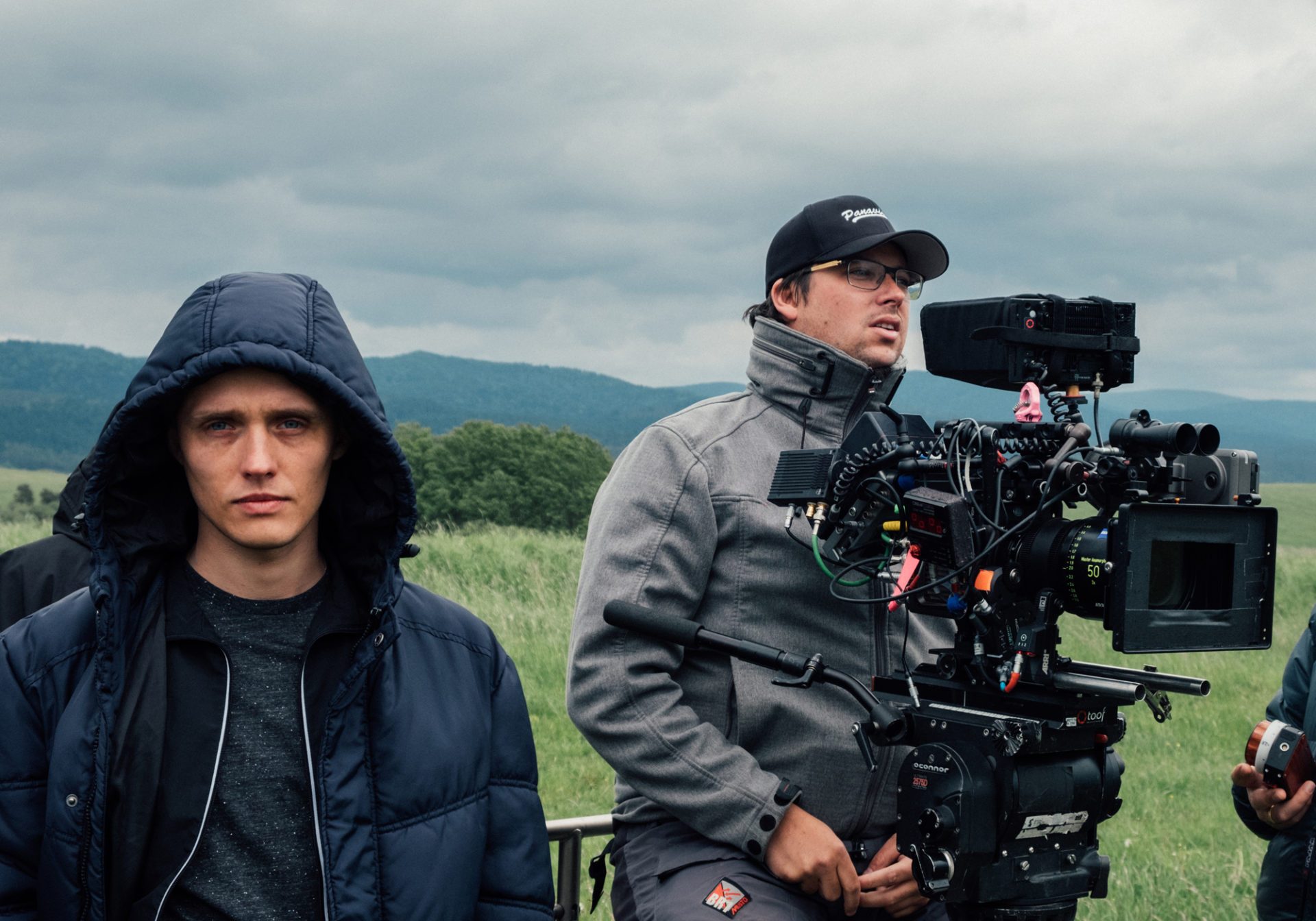
Colours Of Faith
Piotr Sobociński Jr PSC / Corpus Christi
BY: Darek Kuzma
After forging for himself a reputation of one of the leading Polish cinematographers, Piotr Sobociński Jr PSC is on the fast track to astonish the world. Jan Komasa's internationally applauded Corpus Christi is all the proof you need.
Corpus Christi is a tale of a strong-in-faith juvenile delinquent Daniel who, in an ironic twist of fate, assumes the identity of a priest in a small parish. The film does not attempt to court religious controversy, but instead tackles themes of spiritual longing, forgiveness and communal catharsis. As a result of its subtlety and visual flair, it stands out among the impressive crop of new Polish films.
When establishing the film's look in prep, Komasa and Sobociński Jr, who had known each other since high school but never met professionally on a feature film, opted for elegance and nuance.
"My previous projects were shot mostly handheld - the camera breathed with the characters, externalised their thoughts, and provided the viewers with quite an erratic emotional understanding of the story. Corpus Christi's subject matter begged for a different approach," explains Sobociński Jr. "We ultimately devised a style composed of static, carefully-framed shots, which may seem less impassioned, but they offer a richer, more textured experience altogether."
That said, there are two frenetic handheld sequences depicting Daniel torn between divergent worlds that eclipse his life. The first one opens the film and the second closes it, making for a clever framing device that welcomes the audience to share the protagonist's journey.
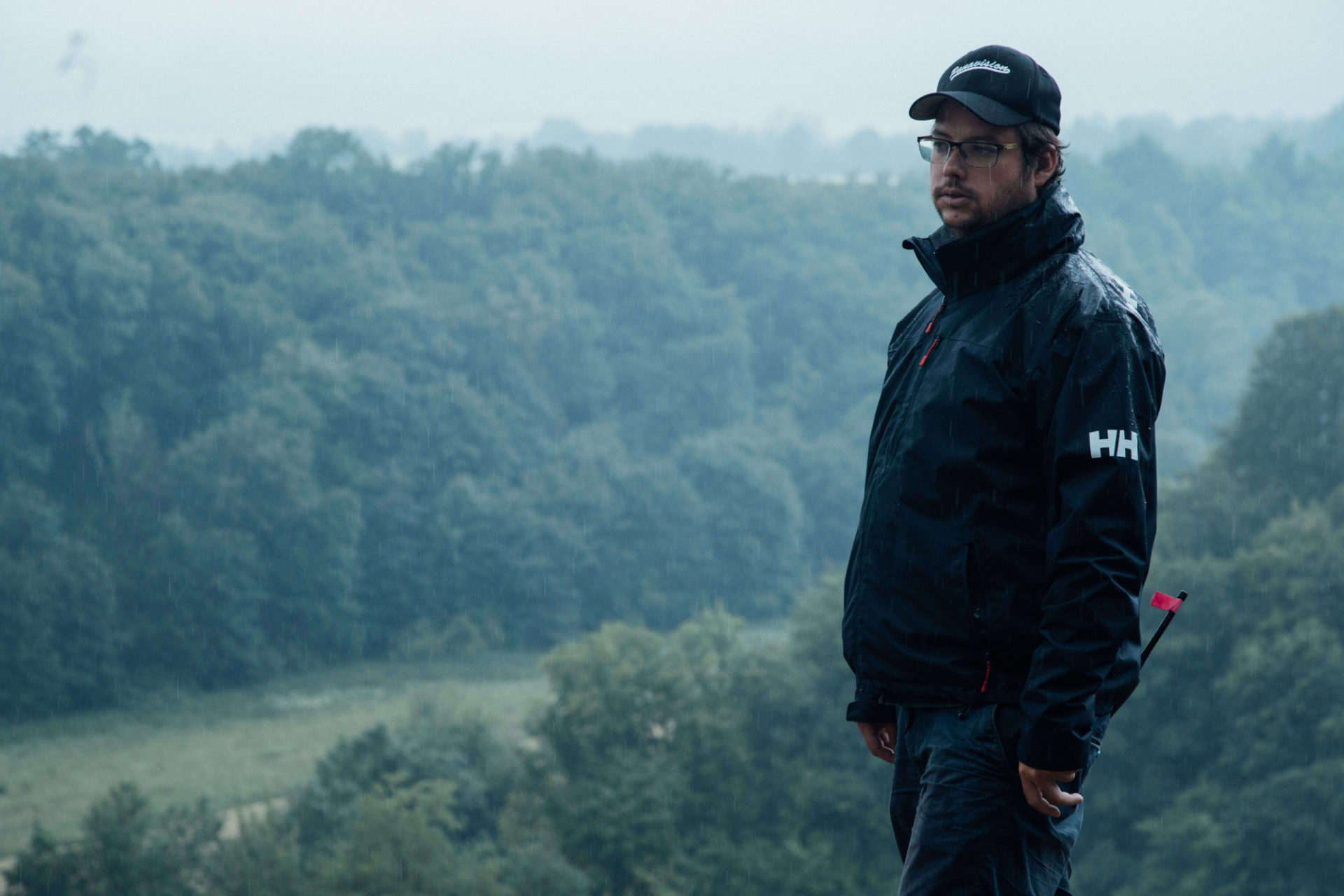
But Corpus Christi is characterised by a different feel. "We aimed at creating a quiet, measured rhythm to the story that would invite cinemagoers to reach deep within. By decreasing the energy of camera movement, we wanted people to have time to reflect on the story, the actors, the detailed production design, the way light defines the characters. Something akin to a cinematic prayer."
This is not the only way Corpus Christi mirrors the contemplative aura of mature faith, though the film's emotional core resides in Daniel's transformation from a disoriented individual to a spiritual leader for a community that needs healing.
"When he arrives in the town, seemingly out of nowhere, it's early spring, it's beautiful and ugly at the same time; the greens are a bit earthy, the nature seems cold and distant," says Sobociński Jr. "After a while, when he begins to change the community from within, everything gets saturated, the light is more painterly, the colours more hopeful."
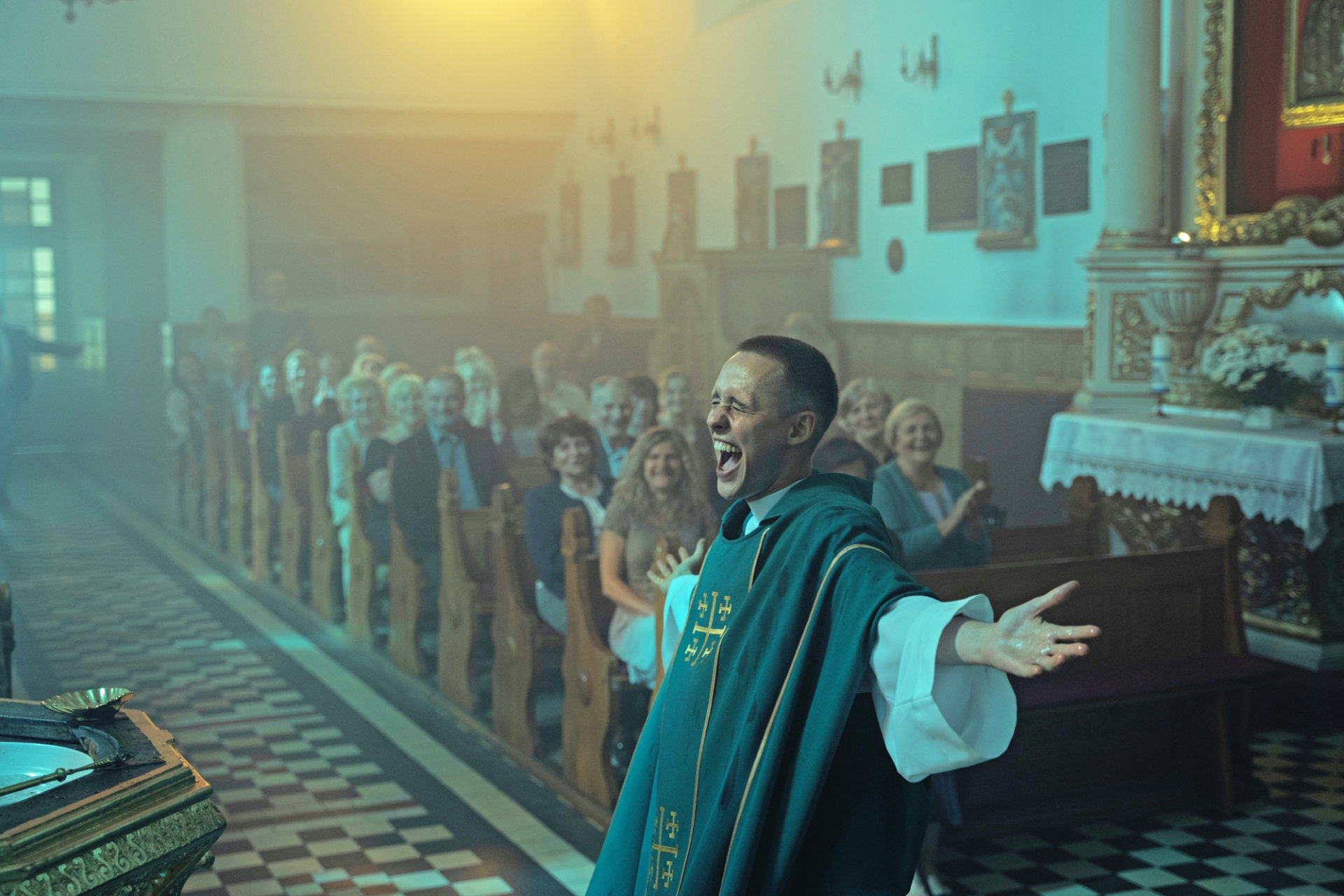
"With so many visually layered shots we could've gone full award-mode and stylise the heck out of each frame, but the trick was to stay as natural and neutral as possible. And at the same time, to create the tension and atmosphere on a subconscious level."
- Piotr Sobociński Jr PSC
The film was shot entirely on location in Lesser Poland, as well as in and around Warsaw, from May to June 2018. Thus it was not easy capturing the nature coming to life after its winter's sleep, but Sobociński Jr did not feel the need to cover himself with CGI. And besides, he reminisces that the project's greatest challenge was to stay modest.
"With so many visually layered shots we could've gone full award-mode and stylise the heck out of each frame, but the trick was to stay as natural and neutral as possible. And at the same time, to create the tension and atmosphere on a subconscious level."
It was the main character's actions that defined the lighting schemes. "In some church scenes, we had a complicated system of HMI, Tungsten lights and a number of LED panels on each window, but only to enhance how Daniel's words and attitude make light re-enter the visual blandness of the traumatized community," Sobociński Jr explains. "He is synonymous with light, he brings it to others while it defines his evolving inner state. Because the camera doesn't move, such details matter, even if they aren't consciously noticed."
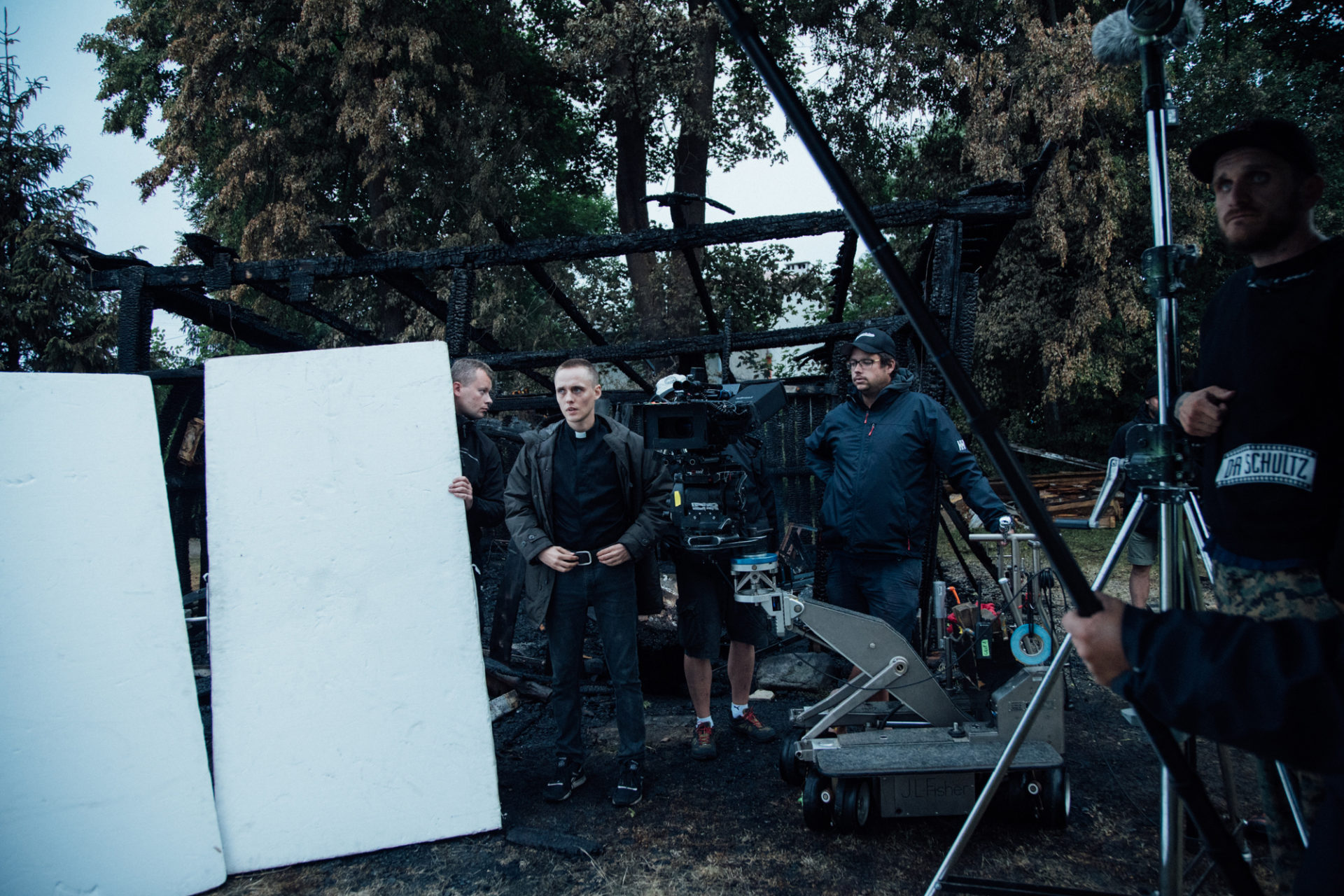
The cinematographer states that both he and Komasa did not use visual references, except one. "We were influenced by the places we went to, the interiors we redecorated - like the presbytery that was shot in a beautiful wooden house in which, together with production designer Marek Zawierucha, we varied the colour palette and expanded its spatiality for the purpose of framing. Nevertheless, for its overall mood we looked at the works of Danish painter Vilhelm Hammershøi whose stark, subdued interiors had some interesting colours as well as poetic quality to them. We needed this place to have a character of its own."
To achieve the desired look Sobociński Jr used Alexa Mini equipped with Master Anamorphic lenses. "Due to the limited area we had in our presbytery we needed every centimetre of space in the frame, and Alexa Mini is great for that, whilst Master Anamorphics combine numerous features of Anamorphic and spherical lenses. They gave me the necessary focal length without tricks and distortions. I didn't want to use popular vintage Anamorphic lenses that tend to display their imperfections, because it would give a certain style and I wanted to stay invisible." Those choices were a crucial factor in post, which was done at the Warsaw-based DI Factory.
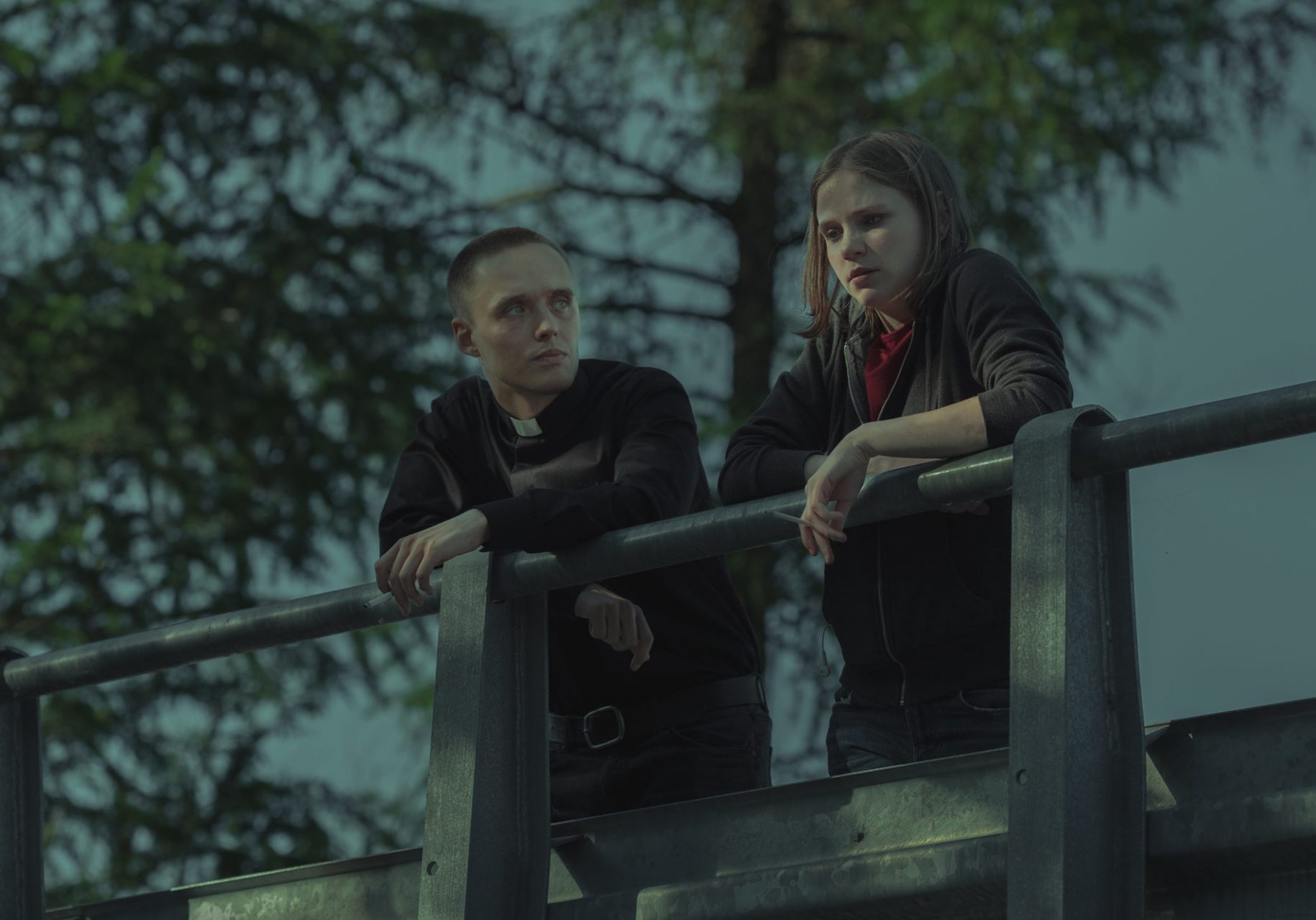
Though the film is set in Poland, its themes are universal. The proof came at the 2019 Venice Film Festival where Corpus Christi won the Label Europa Cinemas Award, just before getting rave reviews at Toronto. It was also announced as Poland's official entry for the 2020 Academy Awards. An incredible accomplishment for a small, intricately designed film with a beautiful message that was not taken for granted a couple of months ago.
"I am very proud of this film and I'm hoping it will continue to make waves around the world, says Sobociński Jr. "As a cinematographer, I am interested in projects that are not mere entertainment. We spent hundreds of hours with Janek [Komasa] on refining this one. Now, I'm ready for more. If there are challenges waiting out there, I say: come and try me!"








